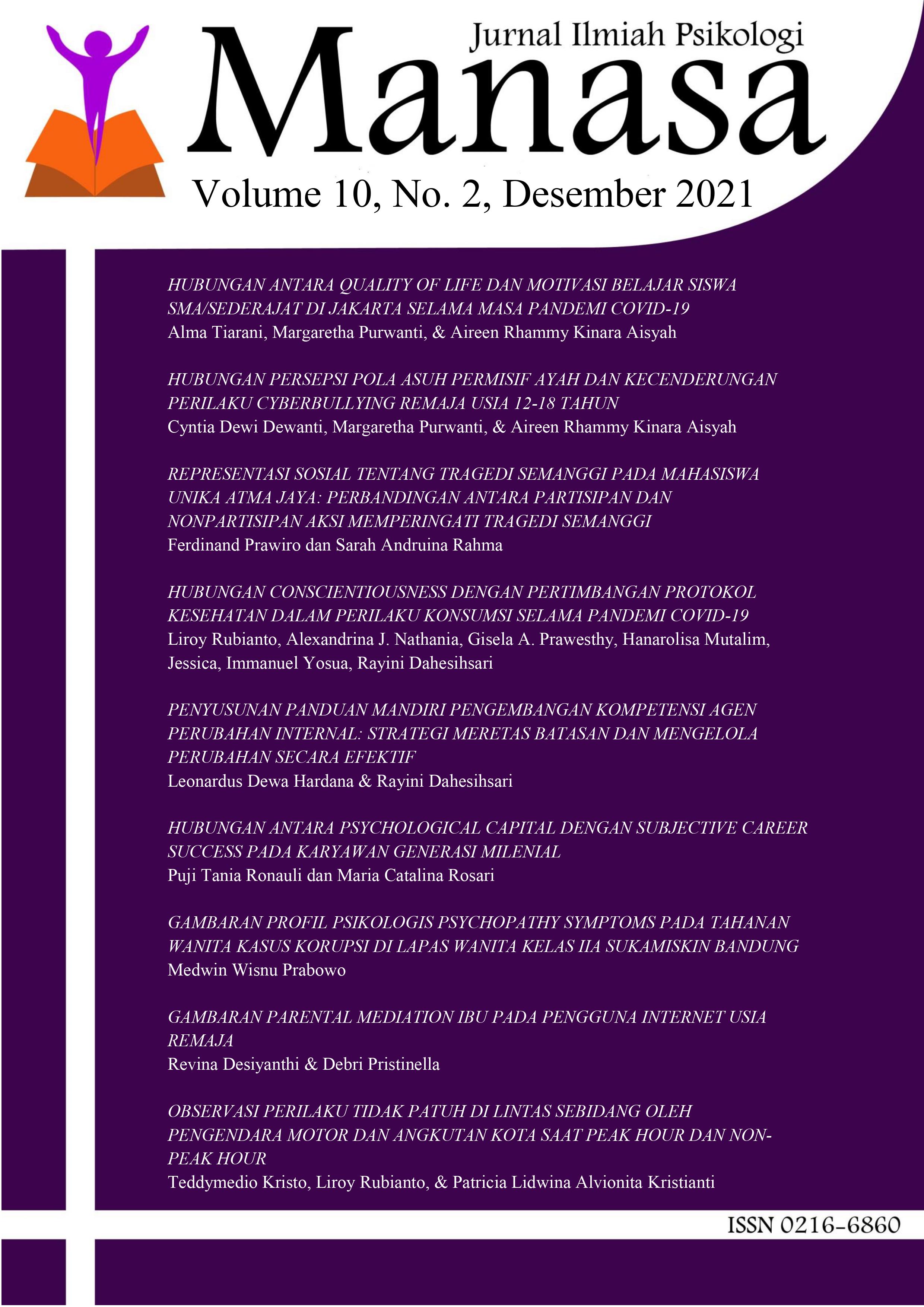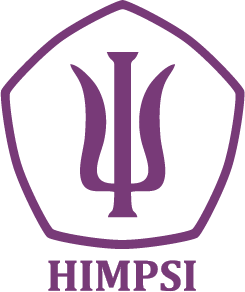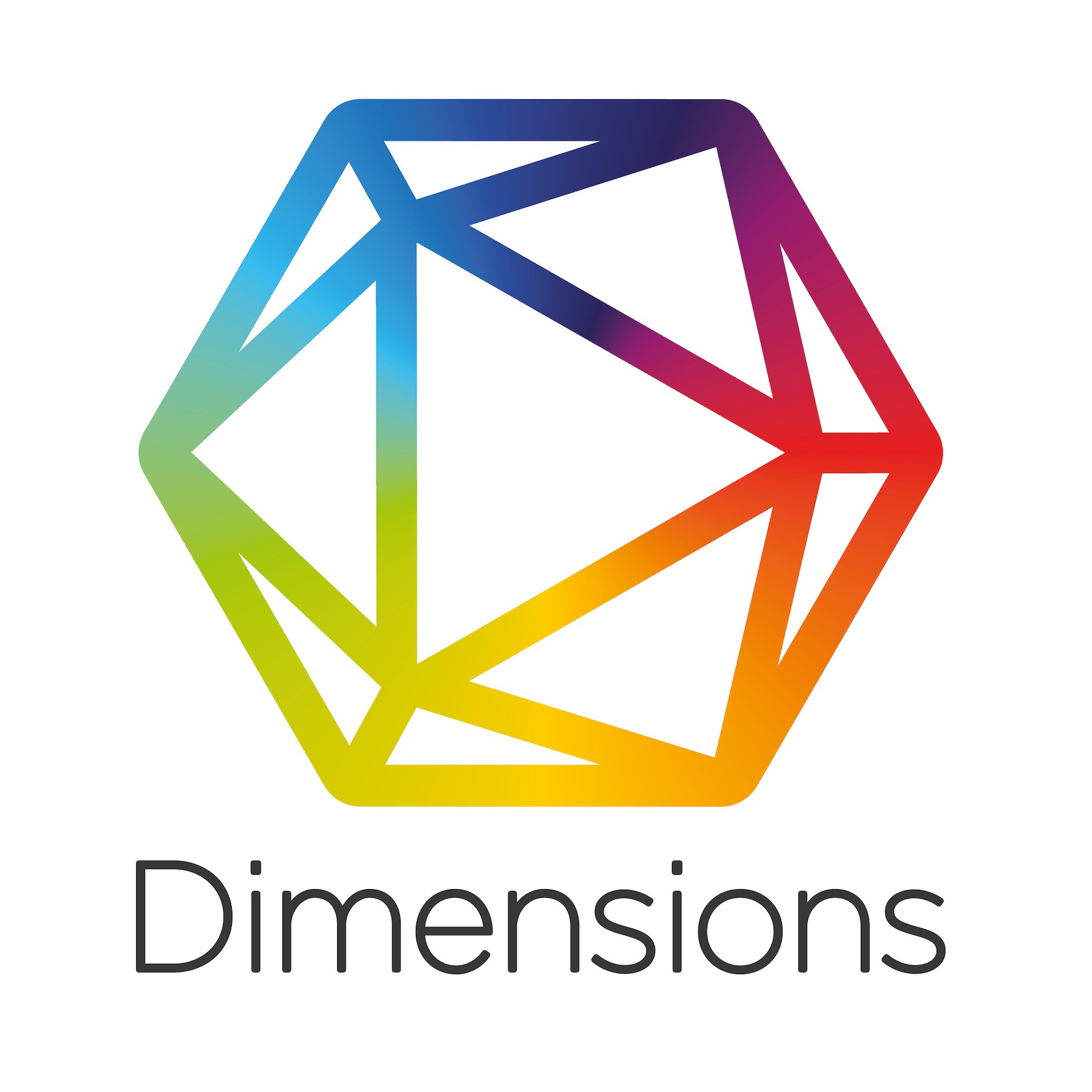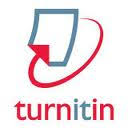Hubungan Antara Quality of Life dan Motivasi Belajar Siswa SMA/Sederajat di Jakarta Selama Masa Pandemi Covid-19
DOI:
https://doi.org/10.25170/manasa.v10i2.2907Keywords:
Quality of Life, Learning Motivation, High School Students, Covid-19 PandemicAbstract
This study aimed to see the relationships between quality of life and learning motivation of high school students in Jakarta during the Covid-19 pandemic. The pandemic had a significant impact on society in Indonesia, including middle adolescence who are generally high school students. During the pandemic, several rules were put in place to break the chain of transmission of the coronavirus. Conditions that tend to be difficult to predict and dynamic during a pandemic were suspected to affect the quality of life and individual learning motivation.
This study uses a quantitative approach with a questionnaire as a data collection tool. The questionnaires used were the World Health Organization Quality of Life – BREF (WHOQOL-BREF) and the Motivated Strategies for Learning Questionnaire (MSLQ). Analysis of relationships between quality of life (QoL) and learning motivation by testing the correlation between aspects and components in the two variables. Participants in this study were high school students, currently undergoing PJJ, and domiciled in Jakarta. The participants used in the data analysis process were 168 people.
The results showed that there was a positive relationship between aspects of quality of life and components of learning motivation (rs = 0.189 – 0.363, p < .05, two-tailed). However, there is no relationship between aspects of quality of life and one component of learning motivation, namely the affective component (rs = -0.069 – 0.133, p > .05, two-tailed). The relationship between quality of life and learning motivation shows the significant role of the environment. It is expected that high school students, parents, teachers, and schools always establish communication and work together so that students have a quality of life and optimal learning motivation during the pandemic.
References
Anitasari, Pandansari, O., Susanti, R., Kurniawati, & Aziz, A. (2021). Pengaruh efikasi diri terhadap perilaku menyontek siswa sekolah dasar selama pembelajaran daring. Jurnal Penelitian Ilmu Pendidikan, 14(1), 82--90.
Bartlett, J. E., Kotrlik, J. W., & Higgins, C. C. (2001). Organizational research:
Determining appropriate sample size in survey research. Information,
Technology, Learning, and Performance Journal, 19(1), 43-50.
Basar, A. M. (2021). Problematika pembelajaran jarak jauh pada masa pandemi Covid-19. Edunesia: Jurnal Ilmiah Pendidikan, 2(1), 208-218.
BBC. (2021, Maret 9). Dunia. Diakses pada tanggal Juni 13, 2021, dari BBC News Indonesia: https://www.bbc.com/indonesia/dunia-56023258
Cahyani, A., Listiana, I. D., & Larasati, S. P. (2020). Motivasi belajar siswa SMA pada pembelajaran daring di masa pandemi Covid-19. IQ (Ilmu Al-Qur'an): Jurnal Pendidikan Islam, 3(1), 123-140. doi:https://doi.org/10.37542/iq.v3i01.57
Creswell, J. W. (2012). Educational research 4th edition: Planning, conducting, and evaluating quantitative and qualitative reseaarch. Boston: Pearson Education, Inc.
Damanik, S., Zuhdi, M., & Herlina, H. (2020). Model evaluasi pembelajaran AUD berbasis dari di RA Nurun Namirah Medan Marelan (Studi kasus selama masa pandemi Covid-19). Jurnal Pendidikan dan Keislaman, 155-172.
Elvinawanty, R., & Marpaung, W. (2018). Perilaku menyontek ditinjau dari locus of control. Philantrophy Journal of Psychology, 2(1), 11-26.
Dongoran, H. A. (2020, Agustus 8). Edisi: 08 Agustus 2020. Diakses pada tanggal Oktober 7, 2020, dari TEMPO: https://majalah.tempo.co/read/nasional/161157/problem-pembelajaran-jarak-jauh-generasi-yang-hilang-ditelan-pandemi
Duncan, T. G., & McKeachie, W. J. (2005). The making of the Motivated Strategies for Learning Questionnaire (MSLQ). Educational Psychologist, 40(2), 117-128.
Feist, J., Feist, G. J., & Roberts, T. (2013). Theories of personality 8th edition. New York: McGraw-Hill .
Filgona, J., Sakiyo, J., Gwany, D. M., & Okoronka, A. U. (2020). Motivation in learning. Asian Journal of Education and Social Studies, 10(4), 16-37. doi:10.9734/AJESS/2020/v10i430273
Firmayanto, T., & Alsa, A. (2016). Integritas akademik dan kecemasan akademik dalam menghadapi ujian nasional pada siswa. PSIKOHUMANIORA: Jurnal Penelitian Psikologi, 1-11.
Fitri, M., Dahliana, & Nurdin, S. (2017). Faktor-faktor yang mempengaruhi perilaku menyontek pada siswa SMA negeri dalam wilayah kota Takengon. Jurnal Ilmiah Mahasiswa Bimbingan dan Konseling, 2(1), 19-30.
Fitria, L., & Ifdil, I. (2020). Kecemasan remaja pada masa pandemi Covid-19. Jurnal EDUCATIO (Jurnal Pendidikan Indonesia, 6(1), 1-4. doi: https://doi.org/10.29210/120202592
Ghani, S., & Zharfa, M. (2020). Pengaruh penghapusan ujian nasional terhadap motivasi belajar peserta didik di masa pandemi. Jurnal Pendidikan Tematik, 184-196.
Gopalan, V., Bakar, J. A., Zulkifli, A. N., Alwi, A., & Mat, R. C. (2017). A review of the motivation theories in learning. The 2nd International Conference on Applied Science and Technology 2017 (ICAST’17) (pp. 1-7). Malaysia: AIP Publishing. doi:https://doi.org/10.1063/1.5005376
Gravetter, F. J., & Wallnau, L. B. (2017). Statistics for the behavioral science 10th edition. Boston: Cengage Learning.
Hariandi, A., Puspita, V., Apriliani, A., Ernawati, P., & Nuhasanah, S. (2020). Implementasi nilai kejujuran akademik peserta didik di lingkungan sekolah dasar. Nur El-Islam, 7(1), 52-66.
Henning, M. A., Krageloh, C. U., Hawken, S. J., Doherty, I., Zhao, Y., & Shulruf, B. (2011). Motivation to learn, quality of life, and estimated academic achievement: Medical students studying in New Zealand. Medical Science Educator, 21(2), 142-150.
Hidayat, A. A. (2020, September 2). Bisnis. Diakses dari Tempo.co: https://bisnis.tempo.co/read/1381934/bappenas-prediksi-angka-pengangguran-naik-92-persen-pada-tahun-ini
Hidayat, D., & Noeraida. (2020). Pengalaman komunikasi siswa melakukan kelas online selama pandemi COVID-19. JIKE: Jurnal Ilmu Komunikasi Efek, 3(2), 178-182. Diakses pada tanggal Oktober 6, 2020, dari DOI 10.32534/jike.v3i2.1017
Jana, P., & Rahmawan, A. D. (2019). Pendampingan persiapan ujian nasional berbasis komputer pada siswa SMA Muhammadiyah 3 Yogyakarta. Jurnal Berdaya Mandiri, 84-89.
Kemkes. (2021, Oktober 4). Info Corona Virus. Diakses pada tanggal Oktober 5 2021, dari Kementerian Kesehatan Republik Indonesia: https://covid19.kemkes.go.id/category/situasi-infeksi-emerging/info-corona-virus/#.X3xpx2gzY2z
Khormehr, M., Honarmandpour, A., Adineh, M., Jhangirimehr, A., & Shahvali, E. A. (2019). A survey on the relationship between quality of life and happiness among children and adolescents under the supervision of welfare organizations of Ahwaz in 2017. Journal of Pharmaceutical Research International, 28(2), 1-8. doi:10.9734/JPRI/2019/v28i230201
King, C. G., Guyette, R. W., & Piotrowski, C. (2009). Online exams and cheating: An empirical analysis of business student' views. The Journal of Educators Online, 6(1), 1-11.
King, D. L., & Case, C. J. (2014). E-cheating: incidence and trends among college students. Issues in Information Systems, 15(1), 20-27. doi:https://doi.org/10.48009/1_iis_2014_20-27
KPAI. (2020). Survei pelaksanaan pembelajaran jarak jauh (PJJ) dan sistem penilaian jarak jauh berbasis pengaduan KPAI. Indonesia: Komisi Perlindungan Anak Indonesia (KPAI).
Kurniasih, P., Limbong, E. G., & Handayani, D. (2019). Infografis alasan menyontek dan tipe-tipe menyontek: pandangan etika mengenai perilaku menyontek. Jurnal Desain, 6(2), 112-128. doi:http://dx.doi.org/10.30998/jurnaldesain.v6i2.2969
Legault, L., Green-Demers, I., & Pelletier, L. (2006). Why do high school students lack motivation in classroom? Toward an Understanding of academic amotivation and the role of social support. Journal of Educational Psychology, 98(3), 567-582. doi:10.1037/0022-0663.98.3.567
Lyndon, M. P., Masters, T., Yu, T.-C., Shao, R., Alyami, H., Henning, M., & Hill, A. G. (2016). Medical student motivation and well-being: A Systematic Review. Education in Medicine Journal, 8(3), 11-20. doi: 10.5959/eimj.v8i3.457
Manoppo, Y., & Mardapi, D. (2014). Analisis metode cheating pada tes berskala besar. Jurnal Penelitian dan Evaluasi Pendidikan, 18(1), 115-128. doi:https://doi.org/10.21831/pep.v18i1.2128
Martin, A. J., Papworth, B., Ginns, P., Malmberg, L., Collie, E. J., & Calvo, R. A. (2015). Real-time motivation and engagement during a month at school: Every moment of every day for every student matters. Learning and Individual DIfferences, 26-35. doi:http://dx.doi.org/10.1016/j.lindif.2015.01.014
Melania, E. P. (2020, April 6). Kontributor. Diakses pada tanggal Mei 27, 2021, dari Kompas Muda: https://muda.kompas.id/baca/2020/04/06/pembelajaran-daring-apakah-efektif-untuk-indonesia/#
Monks, F. J., Knoers, A. M., & Haditono, S. R. (2019). Psikologi perkembangan: Pengantar dalam berbagai bagiannya. Yogyakarta : Gadjah Mada University Press.
Moudjahid, A., & Abdarazzak, B. (2019). Psychology of quality of life and its relation to psychology. International Journal of Inspiration & Resilience Economy, 3(2), 58-63. doi: 10.5923/j.ijire.20190302.04
Noor, J. (2011). Metodologi penelitian: Skripsi, tesis, disertasi, dan karya ilmiah edisi pertama. Jakarta: Prenadamedia Group.
Oktawirawan, D. H. (2020). Faktor pemicu kecemasan siswa dalam melakukan pembelajaran daring di masa pandemi COVID-19. Jurnal Ilmiah Universitas Batanghari Jambi, 20(2), 541-544. doi:10.33087/jiubj.v20i2.932
Our World in Data. (2021, Oktober 4). Statistics and Research: Vaccinations. Diakses pada tanggal Oktober 5, 2021, dari Our World in Data: https://ourworldindata.org/covid-vaccinations
Owunwanne, D., Rustagi, N., & Dada, R. (2010). Student's perceptions of cheating and plagiarism in higher institution. Journal of College Teaching and Learning, 7(11), 60-60.
Pangastuti, M. (2014). Efektivitas pelatihan berpikir positif untuk menurunkan kecemasan dalam menghadapi ujian nasional (UN) pada siswa SMA. Persona: Jurnal Psikologi Indonesia, 3(1), 32-41.
Peterson, J. (2019). An analysis of academic dishonesty in online classes. Mid-Western Educational Researcher, 31(1), 24-36.
Pintrich, P. R., Smith, D. A., Garcia, T., & McKeachie, W. J. (1991). A manual for the use of the motivated strategies learning questionnaire (MSLQ). Ann Arbor: The University of Michigan.
Prasetyo, K. B., & Rahmasari, D. (2016). Hubungan antara dukuangan sosial keluarga dengan motivasi belajar pada siswa. Jurnal Penelitian Psikologi, 7, 1-9.
Pukeliene, V., & Starkauskiene, V. (2011). Quality of life: Factors determining its measurement complexity. 10.5755/j01.ee.22.2.311, 22(2), 147-156. doi:10.5755/j01.ee.22.2.311
Purnamasari, D. M., & Meiliana, D. (2020, Agustus 16). News: Nasional. Diakses pada tanggal Oktober 7, 2020, dari Kompas.com: https://amp.kompas.com/nasional/read/2020/08/16/14555301/kpai-khawatir-kesenjangan-pendidikan-di-masa-pandemi-bikin-anak-putus
Purwanto, R., Pramono, R., Asbari, M., Santoso, P. B., Wijakanti, L., Hyun, C. C., & Putri, R. S. (2020). Studi eksploratif dampak pandemi COVID-19 terhadap proses pembelajaran online di sekolah dasar. EduPsyCouns, 2(1), 1-12.
Putro, K. Z. (2017). Memahami ciri dan tugas perkembangan masa remaja. APLIKASIA, 17(1), 25-32.
Raudah, F., Budiarti, L. Y., & Lestari, D. R. (2015). Stres dengan motivasi belajar mahasiswa reguler fakultas kedokteran UNLAM yang sedang menyusun karya tulis ilmiah (KTI). Dunia Keperawatan, 3(1), 44-55. Diakses dari https://ppjp.ulm.ac.id/journal/index.php/JDK/article/view/1705/1478
Santrock, J. W. (2013). Life-span development 14th edition. New York: McGraw-Hill Education.
Schunk, D. H., Pintrich, P. R., & Meece, J. (2008). Motivation in education: Theory, research, and applications (3rd) edition. New Jersey: Pearson Education Inc. .
Simanjuntak, S. Y., & Kismartini. (2020). Respon pendidikan dasar terhadap kebijakan pembelajaran jarak jauh selama pandemi Covid-19 di Jawa Tengah. Jurnal Ilmiah Wahana Pendidikan, 6(3), 308-315.
Spano, S. (2004, Mei). Adolescence: Adolescent Health and Development. Diakses pada tanggal Maret 30, 2021, dari Act for Youth: https://www.actforyouth.net/resources/rf/rf_stages_0504.pdf
UNICEF. (2020). COVID-19 and children in Indonesia. Indonesia: UNICEF.
Vibriyanti, D. (2020). Kesehatan mental masyarakat: Mengelola kecemasan di tengah pandemi Covid-19. Jurnal Kepundudukan Indonesia, 69-74.
Vivin, Marpaung, W., & Manurung, Y. S. (2019). Kecemasan dan motivasi belajar. Persona: Jurnal Psikologi Indonesia, 8(2), 240-257. doi:http://jurnal.untag-sby.ac.id/index.php/persona
Wahyudi, E., & Hidayat, A. A. (2020, September 16). Bisnis. Diakses pada tanggal Oktober 3, 2020, dari Tempo.Co: https://bisnis.tempo.co/read/1386849/akibat-pandemi-covid-sri-mulyani-akui-kemiskinan-dan-pengangguran-meningkat
Watson, G. R., & Sottile, J. (2010). Cheating in the digital age: Do students cheat more in online courses?. Online Journal of Distance Learning Administration, 1-14.
WHO. (1996). WHOQOL-BREF: Introduction, administration, scoring, and generic version of the assessment. Switzerland: World Health Organization.
WHO. (1997). WHOQOL: Measuring Quality of Life. Switzerland: WHO.
WHO. (1998). WHOQOL user manual. Switzerland: World Health Organization (WHO). Retrieved October 4, 2020
Wibowo, E. A. (2020, September 1). Nasional. Diakses dari Tempo.co: https://nasional.tempo.co/read/1381410/wapres-maruf-amin-sebut-angka-kemiskinan-berpotensi-naik-tahun-ini
Yerusalem, M. R., Rochim, A. F., & Martono, K. T. (2015). Desain dan implementasi sisterm pembelajaran jarak jauh di program studi sistem komputer. Jurnal Teknologi dan Sistem Komputer, 3(4), 481-492.
Yusuf, M. B. (2021). Implementasi penilaian kurikulum 2013 pada pembelajaran pendidikan Agama Islam berbasis darin di SMPN 4 Prambanan. Jurnal Pendidikan Islam, 4(1), 34-46. doi:https://doi.org/10.32529/al-ilmi.v4i1.858









.png)
.png)

